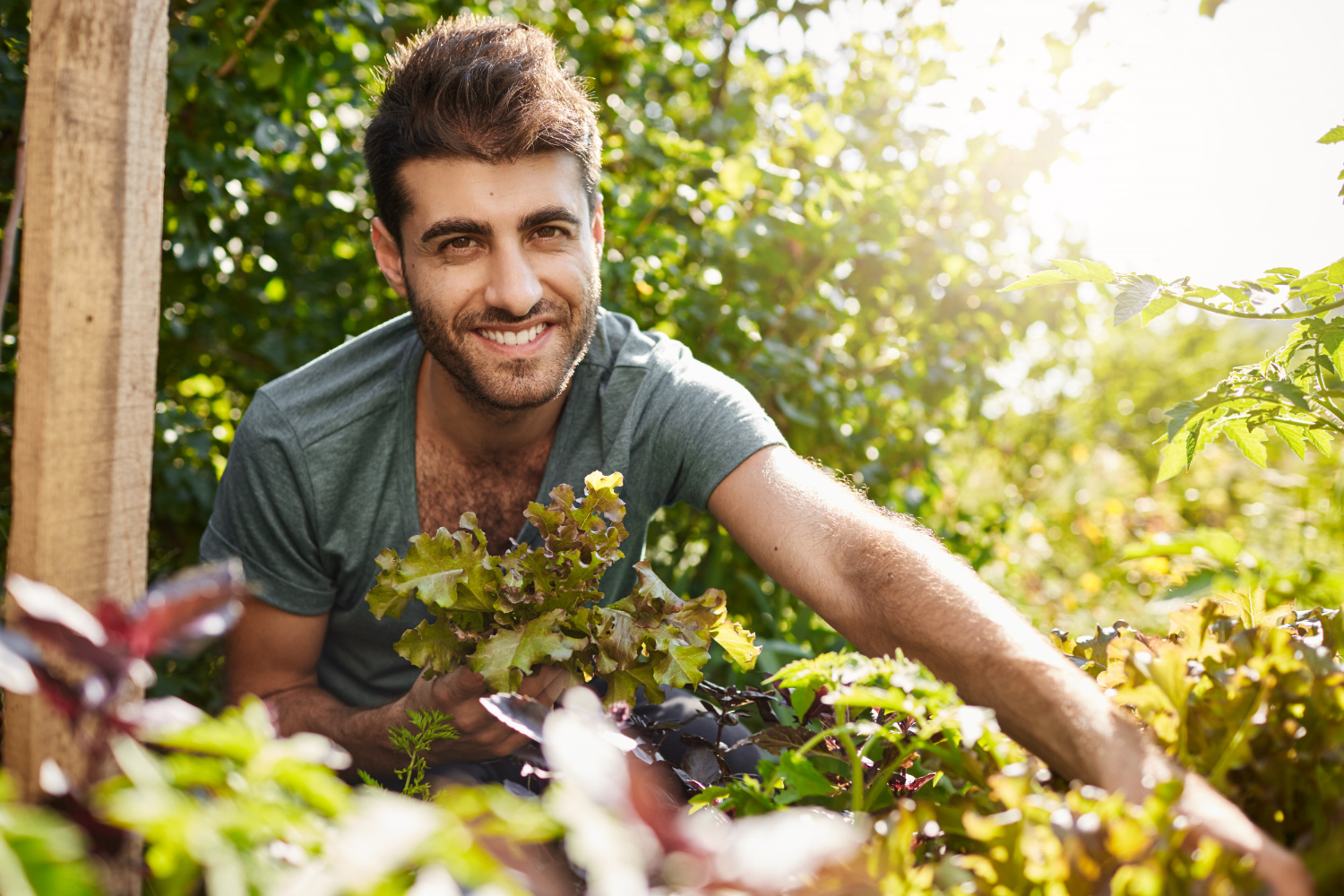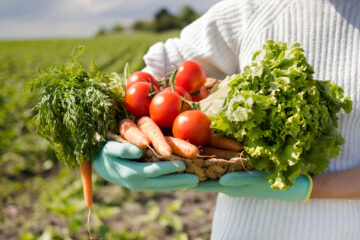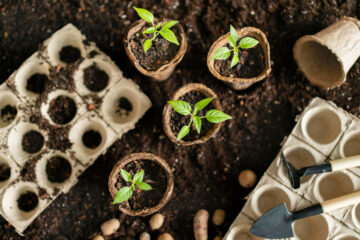Beginning your journey as a gardener may seem like a daunting task, but once you take the first step, you’ll likely wonder why you didn’t start sooner. Gardening is more than just planting seeds—it’s a rewarding and therapeutic hobby that offers fresh air, physical activity, and a deep sense of satisfaction. Whether you’re looking to grow vibrant flowers, fresh vegetables, or a calming green space, this guide will help you get started with confidence.
Why Gardening Is Worth It
Gardening is an enjoyable and fulfilling activity that benefits your mind and body. It encourages regular movement, improves mental health, and allows you to connect with nature. Watching your plants grow under your care provides a sense of accomplishment, and harvesting your own vegetables or seeing your flowers bloom brings a unique joy that few hobbies can match.
Essential Gardening Tools You’ll Need
Starting out doesn’t require a garage full of tools. A few well-chosen basics will serve you well:
- Hand Trowel – For digging small holes and transplanting seedlings.
- Garden Fork – Helps loosen and turn soil, especially in compacted areas.
- Hoe – Great for weeding and preparing garden beds.
- Watering Can or Hose – Choose depending on the size of your garden.
- Pruners (Secateurs) – Useful for trimming and shaping plants.
Over time, you may add more tools, but these essentials are all you need to begin most gardening tasks.
Understanding Gardening Terms and Plant Types
As a beginner, it’s helpful to familiarize yourself with a few common terms:
- Annuals – Plants that grow, flower, and die in one season (e.g., marigolds, petunias).
- Perennials – Plants that return year after year (e.g., lavender, peonies).
- Biennials – Plants that take two years to complete their lifecycle.
- Hardiness Zones – A guide to what plants can survive in your local climate.
Understanding plant lifecycles helps you plan your garden more effectively, ensuring continuous blooms or harvests throughout the year.
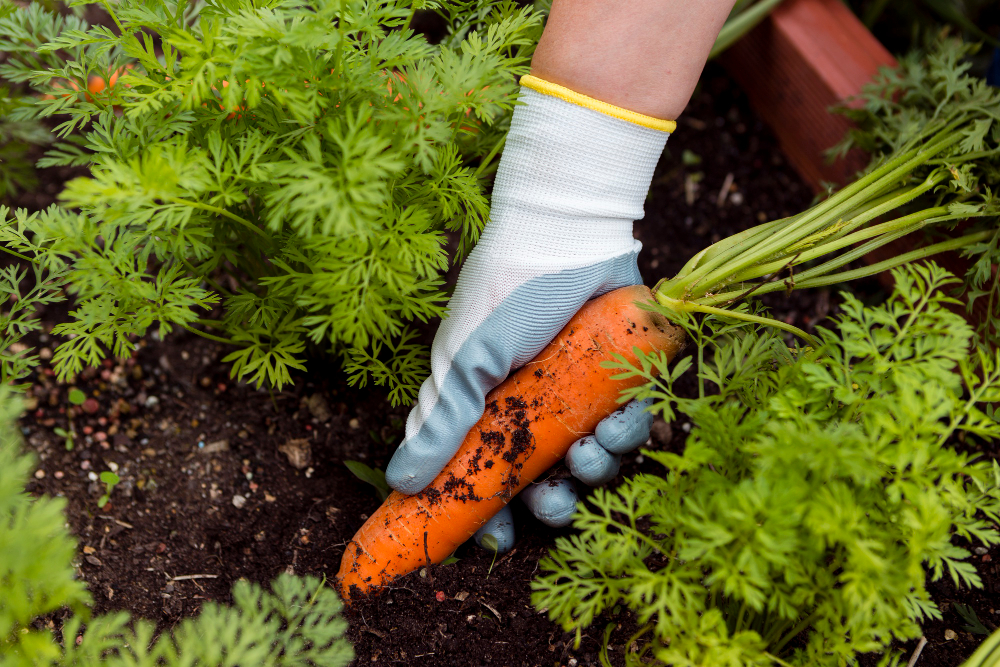
Choosing the Right Location
Plants need sunlight, water, and nutrients to thrive. When choosing where to place your garden:
- Sunlight: Most vegetables and flowers need at least 6 hours of direct sunlight per day.
- Soil: Avoid areas where water tends to pool after rain. Good drainage is essential.
- Accessibility: Choose a spot that’s easy to reach with a watering can or hose.
Consider starting small with a raised bed, containers, or a modest section of your yard. This will make your first season more manageable and enjoyable.
Getting to Know Your Soil
Soil is the foundation of every garden. Before planting, take a moment to understand your soil type:
- Sandy Soil – Drains quickly, warms up fast in spring, but may lack nutrients.
- Clay Soil – Holds nutrients well but can be dense and poorly draining.
- Loamy Soil – A balanced mix, ideal for most plants.
You can improve poor soil with compost, organic matter, or mulch. A simple soil test kit from your local garden center can help you check the pH and nutrient levels.
When and What to Plant
Timing is everything in gardening. Here’s a simple guide:
- Spring-flowering bulbs (like tulips or daffodils) should be planted before the end of September.
- Summer-flowering bulbs (like lilies or dahlias) are best planted in early spring.
- Vegetables such as lettuce, carrots, and peas can be planted early in the growing season, while tomatoes and peppers should wait until after the last frost.
Each plant has its preferred growing season and temperature range. Seed packets usually provide clear planting instructions, including ideal timing and spacing.
Planting Tips for Beginners
Here are a few practical tips to help ensure your planting is successful:
- Depth Matters: Bulbs and seeds should be planted at the right depth. A general rule is to plant bulbs 2–3 times as deep as their height. In sandy soils, plant slightly deeper; in clay soils, go a bit shallower to avoid waterlogging.
- Spacing: Don’t overcrowd your plants. They need room for roots and airflow to prevent disease.
- Label Your Plants: Especially in the beginning, it’s easy to forget what you planted where. Use markers to identify each plant.
Watering Wisely
Watering may seem simple, but doing it right makes a big difference:
- Water Deeply and Infrequently: It’s better to water thoroughly a few times a week than to sprinkle daily.
- Morning is Best: Watering in the morning reduces evaporation and gives plants time to dry out, helping to prevent mildew.
- Avoid Wetting Leaves: Water the base of the plant to reduce the risk of fungal diseases.
Mulching (spreading organic material like wood chips, straw, or compost on top of the soil) also helps retain moisture and regulate soil temperature.
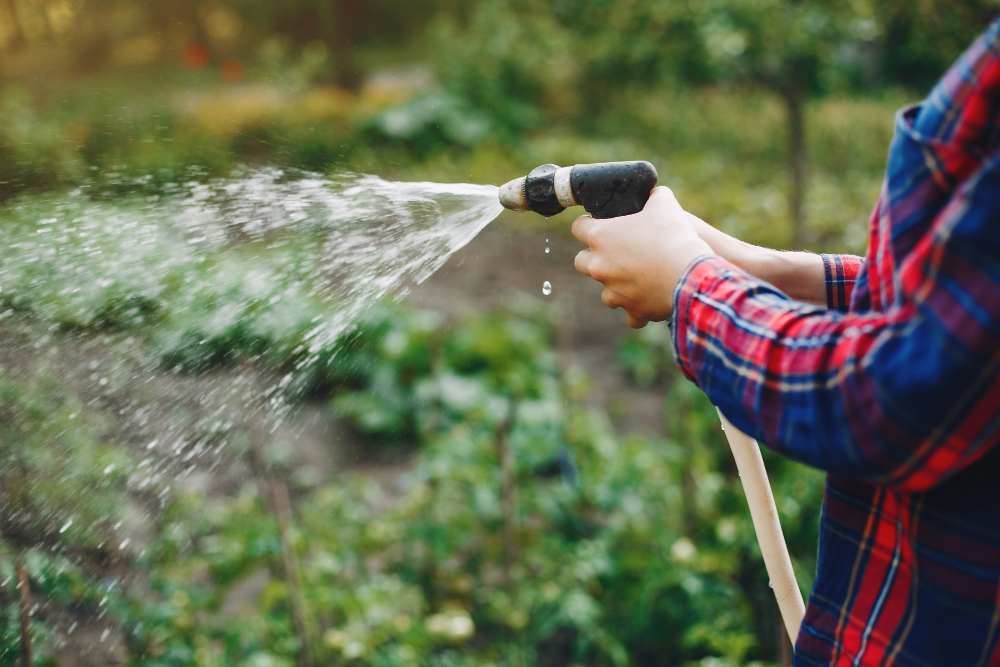
Controlling Weeds the Smart Way
Weeds compete with your plants for nutrients, water, and sunlight. Here’s how to keep them under control:
- Mulch Heavily: A 5–7 cm layer of mulch blocks light and discourages weed growth.
- Use Weed Barrier Fabric: Place it under mulch to further prevent weeds from sprouting.
- Pull Regularly: Weeds are easiest to remove when they’re young. Check your garden weekly.
The more consistently you manage weeds, the less effort it will take in the long run.
Starting a Vegetable Garden
If you’re interested in growing your own food, vegetables are a great place to begin. Easy crops for beginners include:
- Tomatoes (sun-loving, easy to grow in containers)
- Lettuce (quick to harvest, great for cool seasons)
- Radishes (fast growers with minimal care)
- Zucchini (productive and rewarding)
- Herbs like basil, mint, and parsley (perfect for pots)
Vegetables not only taste better fresh from your garden but also give you daily motivation to care for your plants.
Staying Motivated and Learning as You Grow
Gardening is a skill you’ll develop over time. Don’t worry if some plants don’t thrive at first—every gardener makes mistakes. Keep a notebook or gardening journal to track what works, what doesn’t, and when you plant things. Online forums, YouTube gardening channels, and local garden clubs can also provide support and inspiration.
Final Thoughts
Gardening is a journey, not a race. By starting with the basics, learning from nature, and gaining experience through each season, you’ll become a confident and skilled gardener. Soon, you’ll be enjoying lush blooms, fresh vegetables, and a deeper connection with the world around you—all thanks to a bit of soil, sunlight, and love.

